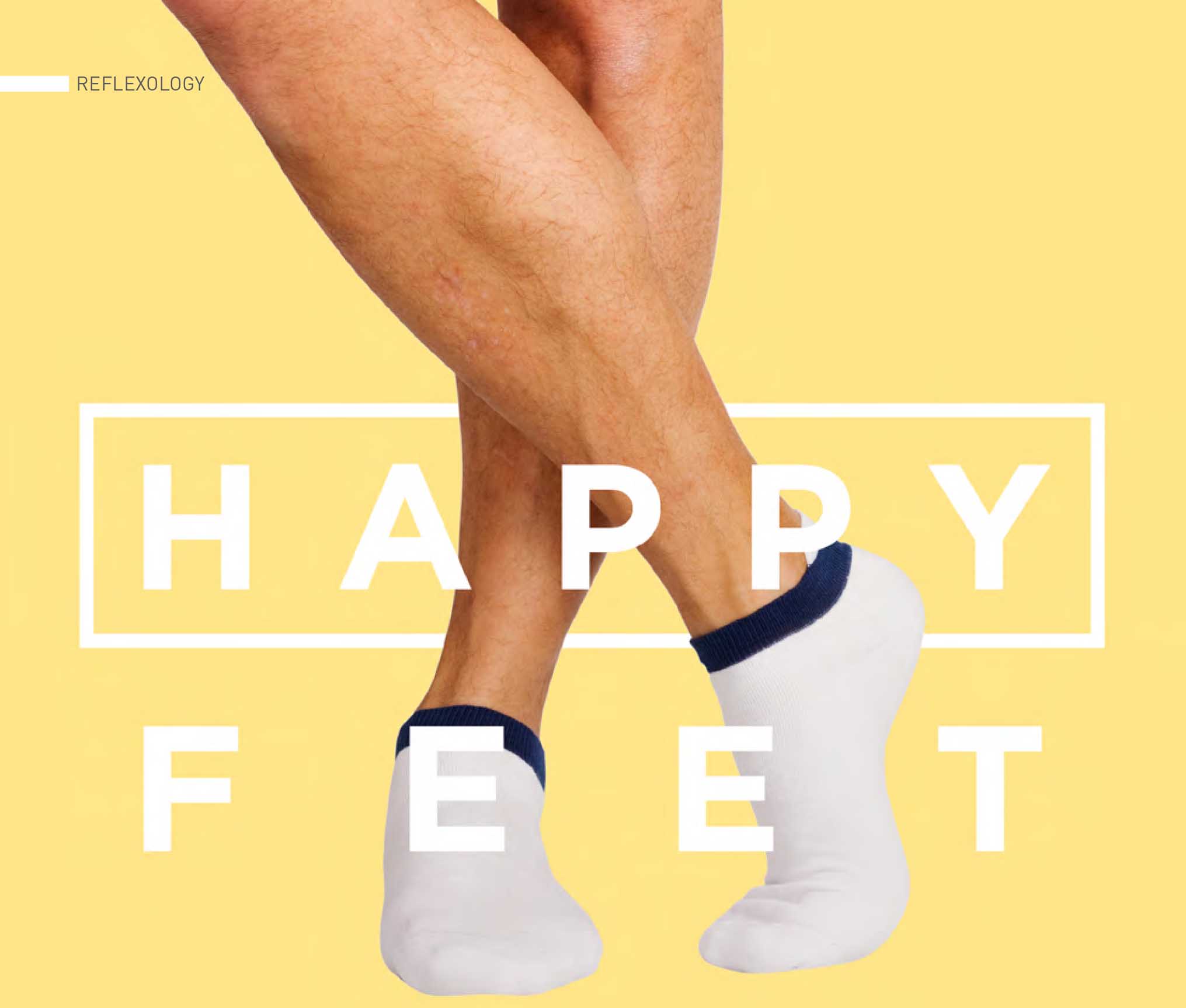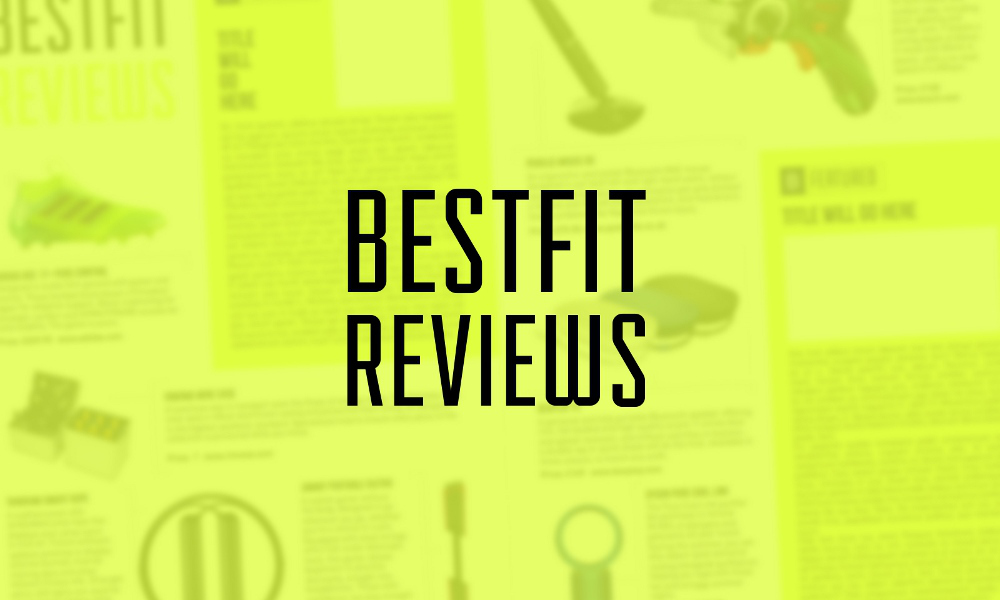BESTFIT Issue 10 – Happy Feet
BESTFIT Issue 10 – Happy Feet
Share
By Nick Judd
Ever tried reflexology in an effort to relieve your physical or mental woes? if the answer’s no, read on.
It’s 11am in the morning and I find myself lying down listening to some relaxing music while someone massages my feet. We’re in a garden room and can hear birds sing outside. All is good.
We can assure you this isn’t a regular occurrence, not on Mondays anyway, but we’re here to try reflexology for the first time at the recommendation of the Association of Reflexologists. Reflexology – the origins of which stem back to Ancient Egypt, India and China – has traditionally been an alien concept for a lot of men. Here at BESTFIT, we’re quite partial to the use of massage, whether for sports therapy or relaxation, but this particularly nonintrusive complementary health therapy, which is based on the theory that different points on the feet, lower leg, hands, face or ears correspond with different areas of the body, isn’t something we’ve considered.
Why? Well, reflexology doesn’t cure, diagnose or prescribe and it isn’t an alternative to seeking medical advice. Feel ill or tired, you might visit your doctor. Injured, and you might see a physiotherapist… so why reflexology?
Well, after an hour-long session we had a better idea, and with all of us experience increasing levels of everyday stress it’s important we take responsibility for our own healthcare. Reflexology may or may not be one of the ways to mitigate these stresses and strains, but it’s a holistic treatment that can be beneficial.
Recent small studies around the world list a number of benefits. These include a positive impact on specific organs, an amelioration of symptoms, general pain relief and overallrelaxation. Among other things, the theory of reflexology is that it may stimulate nerve function, increase energy, boost circulation, eliminate toxins, stimulate the central nervous system, avert migraines, and speed recovery after injury or surgery. Specific research identifies cases where reflexology has reduced anxiety and depression and even reduced pain, nausea, diarrhoea or constipation among cancer patients.
“You might also sleep better and your mood and sense of wellbeing could improve.”
Our reflexologist is quick to explain how some of her customers have experienced a range of improvements. “Some customers visit once a week because they’ve felt better immediately and want to maintain that feeling,” explains Jo Adcock, the person entrusted with my feet. “Others come when they’re experience negative physical or mental symptoms. Either way, many people have said they’ve felt less anxious or not as ill.”
Jo continues to explain that reflexology is an individual treatment tailored to each individual and which takes into account both physical and non-physical factors that might be affecting your well being.
The theory goes that reflexology helps the body to restore its balance naturally, ensuring your organs work together. The feet provide a map for the body’s organs and problems in the body are therefore reflected in the various areas of your feet, and can be identified and potentially improved via the same foot treatment. Usually, after a treatment, your tension may be reduced and you might feel relaxed. You might also sleep better and your mood and sense of well-being could improve.
 Occasionally and conversely, you may feel lethargic, nauseous or tearful for a short period of time, but this is thought to be part of the healing process.
Occasionally and conversely, you may feel lethargic, nauseous or tearful for a short period of time, but this is thought to be part of the healing process.
My session begins by discussing my lifestyle, diet and areas of concern. I’m fairly fit and eat pretty well, but as a journalist my life revolves around daily deadlines alongside my duties as a dad, so I often feel knackered and with tension in my shoulders. Not an uncommon complaint, as it turns out – a lot of people expend more energy through their brains than through their body. This discussion enables your reflexologist to assess where there might be possible imbalances or problem areas.
Initially a gentle foot massage is given to relax the mind and body for a more beneficial and effective treatment, and a mgreater opportunity for your body to heal itself. This is followed by the firmer reflexology treatment where true enough, as Jo starts to move her way around my feet as she ‘reads’ my body, I experience an obvious gristly or crunchy feeling at the end of my toes, which relates to the tension in my shoulders. She works her hands in an effort to trigger the body’s healing process, much like a masseur would attempt to get rid of a knot in your muscle. She applies intermittent pressure on certain points and manipulates others. When the hour’s up, Jo discusses her findings. She explains she found tension around the inside of my arch, which relates to my spine and back. When I come to think of it, I do get back pain while my posture, like many who spend hours in front of ma computer all day, is far from ideal. I leave feeling relaxed and invigorated and vow to return. nAnything that makes you feel more relaxed has to be a good thing, right? And who knows what else you might find? nIf nothing else, it’ll be the most enjoyable hour of your working week. To find your local reflexologist or to find out more, visit www.aor.org.uk





















FOLLOW BESTFIT